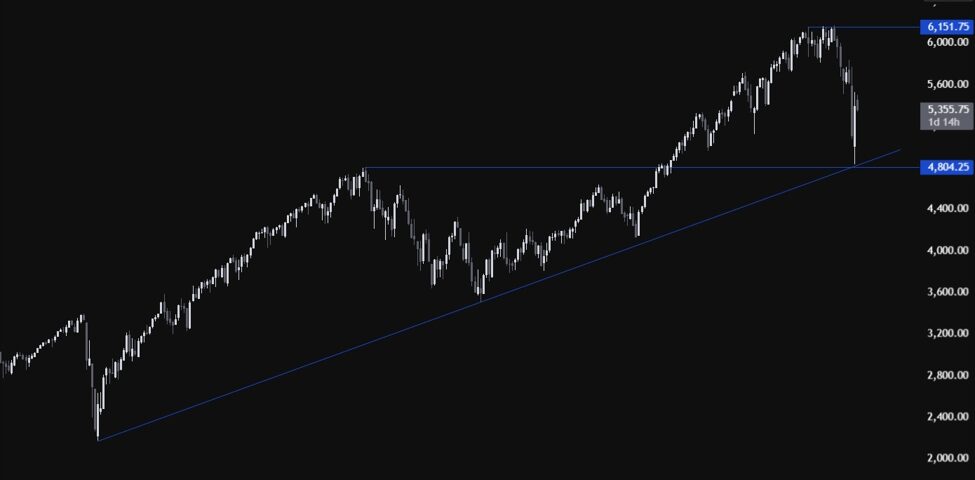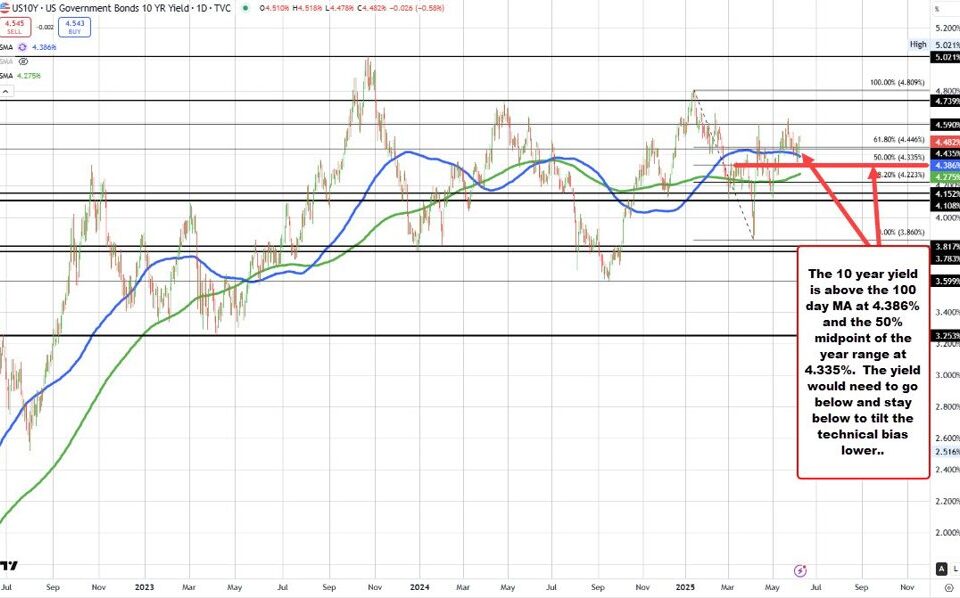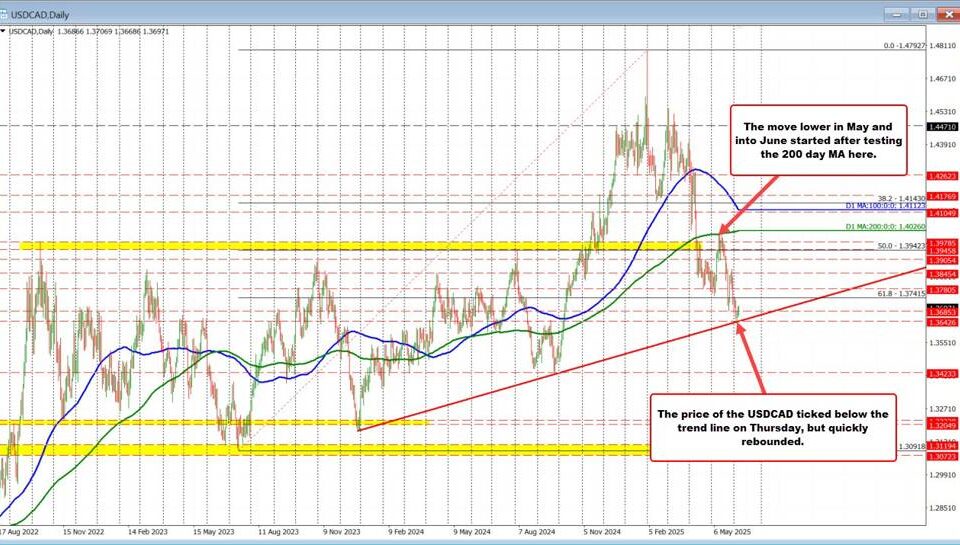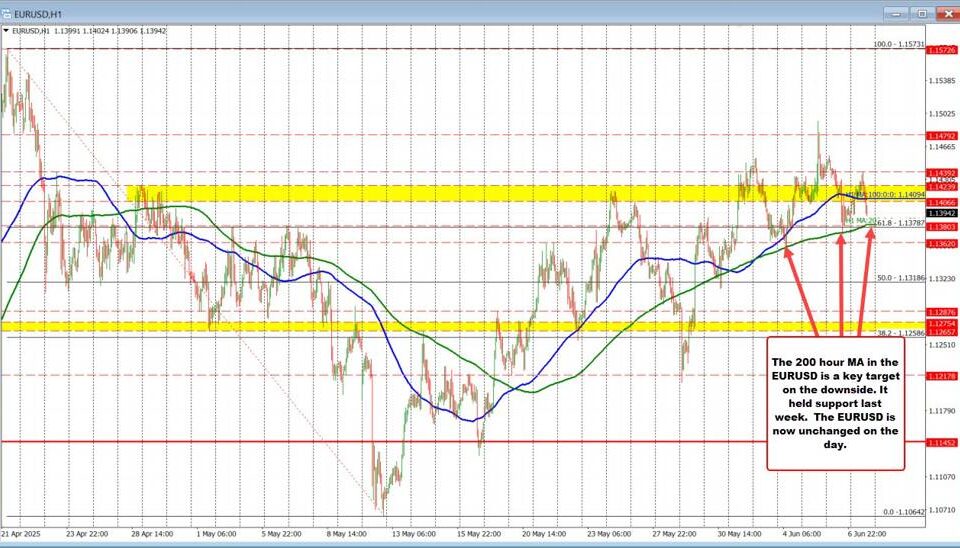Gold Price Soars: What Investors Must Know Amid Economic Turbulence
Tháng 4 16, 2025EURUSD Forex Trend Analysis: Understanding Market Sentiment and Shorts
Tháng 4 16, 2025The S&P 500: Navigating Market Uncertainty Amid Recovery Signals
The S&P 500, a benchmark for U.S. equities, currently finds itself at a critical junction, reflecting both fear and hope in the ongoing market landscape. As we analyze the potential outcomes, insights based on Elliott Wave Theory, technical indicators, and historical patterns signal where the index might be headed.
Elliott Wave Theory and Market Direction
According to the principles of Elliott Wave Theory, the S&P 500 is currently stuck in a mini-range. This situation highlights a significant moment of indecision, as the index has refrained from breaking through its recent highs or falling below its lows. Analysts suggest that a decisive move beyond either end of this range could shape the market’s trajectory for the foreseeable future.
Should the S&P 500 break above its recent high, we could see the index targeting levels exceeding 5700, a number indicating a robust bullish trend. Conversely, a downturn that breaches the established support could see it falling towards 5100 before making a potential rebound. This level not only serves as a psychological barrier but also aligns with critical Fibonacci retracement levels, which many traders consider when defining potential reversal points.
Key Support Levels in Focus
Understanding the support levels is paramount for investors navigating this market uncertainty. The most important support for the S&P 500 is situated around the 2022 high of 4818. This figure is significant for a couple of reasons; it represents the 50% retracement of the expected 2022-2025 rally and coincides with the 23% Fibonacci retracement of the broader bull market that started in 2009 and is projected to continue through 2025. Falling below this level could trigger a more extensive pullback, fueling further pessimism in the market.
Market Volatility and Signs of Recovery
The S&P 500 has been experiencing a recovery phase, having rebounded by approximately 10% from its recent lows. However, it’s essential to recognize that the index remains down around 8% year-to-date, illustrating the volatility marked by recent tariff announcements and ensuing economic uncertainty. Traders and investors are keenly observing these fluctuations, eager to determine if the index can maintain its current trajectory or if it will succumb to the prevailing economic pressures.
For those looking to improve their investment strategies amidst this volatility, it’s crucial to be aware of common pitfalls. You can read more about key investment mistakes to avoid for long-term financial success in this article on investment mistakes to avoid in 2023.
Technical Indicators and Historical Context
Recent technical analysis has revealed a notable event: the first “death cross” in the S&P 500 since 2022. This bearish signal, characterized by the 50-day moving average falling below the 200-day moving average, traditionally predicts gloomy outcomes for the index. Yet, history shows that the S&P 500 has exhibited resilience following such occurrences in the past year. Hence, while a death cross typically indicates a weakening market, the S&P 500’s ability to navigate these indicators effectively will be key in determining its next steps.
Moreover, it’s essential for investors to maintain a disciplined approach and avoid psychological missteps during these turbulent times. Barry Ritholtz emphasizes the importance of this in his insights on investment mistakes to avoid for success.
In conclusion, as the S&P 500 stands at this critical juncture, market participants must remain vigilant, closely monitoring both technical indicators and broader market sentiments. With the potential for further recovery juxtaposed against looming uncertainties, the index’s future will likely be shaped by a confluence of these factors. Engaging with these insights provides a solid foundation for strategic decision-making in these unpredictable times. For more perspective on enduring investment strategies, including the advantages of value investing, consider exploring Greenblatt’s reasoning on value investing.




